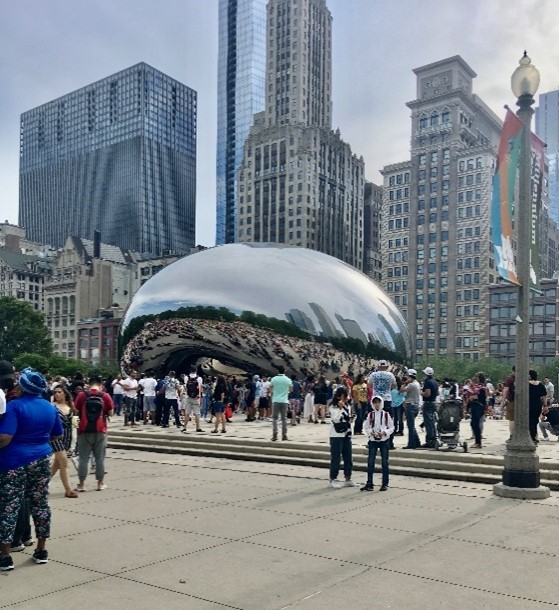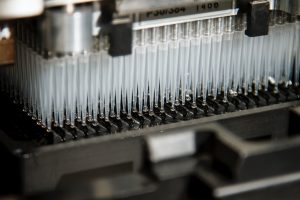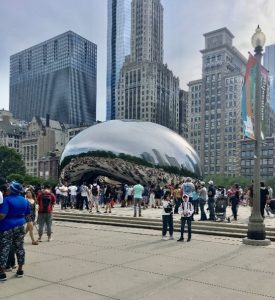
Suet Lee
Assistant Blogger
Loyola University Chicago School of Law, J.D. 2023


Suet Lee
Assistant Blogger
Loyola University Chicago School of Law, J.D. 2023

Suet Lee
Assistant Blogger
Loyola University Chicago School of Law, J.D. 2023

Suet Lee
Assistant Blogger
Loyola University Chicago School of Law, J.D. 2023

Suet Lee
Assistant Blogger
Loyola University Chicago School of Law, J.D. 2023

Suet Lee
Assistant Blogger
Loyola University Chicago School of Law, J.D. 2023

Suet Lee
Assistant Blogger
Loyola University Chicago School of Law, J.D. 2023

Suet Lee
Assistant Blogger
Loyola University Chicago School of Law, J.D. 2023

Suet Lee
Assistant Blogger
Loyola University Chicago School of Law, J.D. 2023
Finding Intellectual Property Law

My favorite Saturday college pastime was teaching kids about everything from ozobots to farm automation to the Polar Virtual Reality Exhibit. I taught at the University of Wisconsin-Madison’s Discovery Building, a place where students and their families can explore science, technology, engineering, and math concepts through fun activities. The Discovery Building also houses the Morgridge Institute for Research, a private, nonprofit research institute dedicated to biology studies and interdisciplinary biomedical research. That is where I first discovered intellectual property (IP) law as a career path. How? By seeing its application in the lab!
Patents All Around
At the Morgridge Institute for Research, I (as a bio major and research assistant) spent most of my time learning about and growing human embryonic stem (ES) cells in a regenerative biology lab.

My fascination with machinery initially drew me to the lab’s robot, a device made of three different life science machines from Tecan and BioTek. The robot mostly automated the entire process of plating, feeding, and storing cells.
Through discussion, my lab mentor explained to me that the robot was patented. He went on to say that many of the lab instruments were as well. Even the human ES cells I was studying were patented! So were things like treatment warfarin and Vitamin D. This intrigued me further. Was getting a patent easy? Who authorized patents?
Researching IP Law
My lab mentor encouraged me to investigate IP law and connected me to two individuals, an IP attorney and a patent agent. From speaking to them, I learned more about patents and the work they did for their clients. Among other things, the attorney told me that the United States Patent and Trademark Office reviews patent applications. The attorney also provided helpful insight into other aspects of IP law.
They encouraged me to pursue law school given my science background, writing experience in undergrad, and passion for civic engagement. The attorney also advised me to not only network with IP lawyers (and lawyers in general), but to reach out to the school’s current students when deciding on a law school. She explained that in addition to the academics, the community and support offered during law school are crucial.
What Loyola Has to Offer
Fast-forward to my law school application process. Although I could only connect with Loyola law students virtually given the pandemic, that was still helpful and those interactions advanced Loyola to the top of my list. After emailing and Zooming with Loyola upperclassmen, I was impressed with how passionate the students cared about Loyola’s culture. They cared about their professors and peers. And I heard about Loyola’s IP career opportunities. For example, Loyola hosts the Annual Patent Law Interview Program, makes IP Bytes available to first-year students (i.e. 1Ls) like me, and has an Intellectual Property Law Society.
But wait, there’s more! Loyola also has a top ranked health law program (another interest of mine) and a tutoring program for 1Ls. The tutoring program is where prior successful students attend 1L classes and host office hours. In their office hours, these upperclassmen review class material from class and answer questions. They also walk students through how to “outline” to prepare for the exam. Plus, they provide sample problems and answers catered to your professors. Getting their perspective on classes and resources have been invaluable to me!
Loyola’s Attention to IP
At Loyola, Professor Ho, my 1L Fall semester Civil Procedure professor and Director of IP Program, has continued to fostered my interest in IP. Her involvement with the IP Law Society and IP courses has allowed me to engage in IP focused events. She does a great job of inviting students to learn more about IP law internships and networking events.

During the Fall of my 1L year, I attended upperclassmen’s presentations for Professor Ho’s IP survey class that covers patents, trademarks, and copyrights. I enjoyed hearing them explain why a product was or was not patentable. I also learned about the requirements for a patent and whether a certain product met them. To be patented, an item must be novel, useful, and non-obvious (meaning different from what already exists and also not something that would be easily discovered). Plus, I learned about the importance of a company’s name and logo, which can both receive trademark and copyright protection. I was introduced to IP infringements of things like masks, a music band, and self-stirring coffee mug. The presentations were a great introduction to a Loyola IP course that I am eager to take soon!
In sum, Loyola offers many opportunities to explore IP law and additional resources to help you succeed. I look forward to taking IP law courses in the semesters ahead. After all, I hope to make Loyola’s law school building my new favorite place of discovery!

Suet Lee
Assistant Blogger
Loyola University Chicago School of Law, J.D. 2023